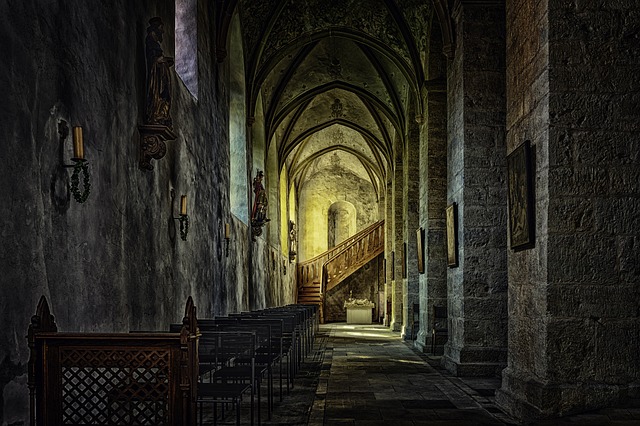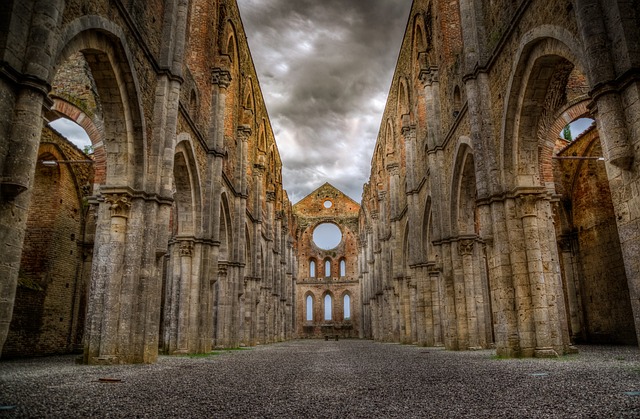Gothic architecture is a fascinating style that is known for its beautiful stained glass windows and intricate stone carvings. Just imagine if gothic architecture was just as prevalent now—Casino National would have a physical location and its style in gothic would be truly breathtaking. Gothic architecture is often associated with a sense of awe and grandeur. It is characterized by its ribbed vaults, flying buttresses, and elaborate tracery. If anything, it is perhaps the most royal and grandeur sight to see.
The Origins of Gothic Architecture

The origins of Gothic architecture are typically associated with the 12th-century Romanesque style, of which the earlier phase is called Norman architecture. Gothic architecture began to appear in the 12th century when it was first used in France and England.
Gothic architecture was the first style to make use of new structural elements. As a result, it had a profound influence on subsequent architectural styles such as baroque. Baroque architects incorporated elements of the Gothic style into their own work, resulting in a unique hybrid style.
The influence of Gothic architecture can also be seen in more modern styles of architecture, such as Art Nouveau and Art Deco. These styles make use of Gothic elements such as pointed arches and ornate decoration.
Gothic architecture is one of the most important and influential styles in the history of architecture. Its impact can be seen in a wide range of architectural styles, from the Renaissance to the present day.
Prominent Examples of Gothic Architecture

Gothic architecture originated in 12th-century France and quickly spread across Europe. It reached its peak in the 14th century, before falling out of favor in the 16th century.
The Cathedral of Notre Dame is a large, Gothic cathedral located in Paris. It is one of the most popular tourist destinations in the city and is considered to be one of the finest examples of Gothic architecture in the world. The cathedral is home to many famous artworks and features, including its iconic façade and rose window.
The current building of Westminster Abbey dates back to the 12th century, though the site itself has been used for religious purposes since the 7th century. The Abbey is built in the Gothic style, with a cruciform plan and prominent West Tower. The nave is the largest and most prominent space, with aisles on either side and a transept crossing the nave near the center. The Choir, where most of the religious ceremonies take place, is located at the east end of the Abbey past the transept.
Some of the most famous Gothic architects include Peter Parler, who designed the cathedral in Prague; André Dartigues, who designed the cathedral in Bourges; and Jean de Chelles, who designed the Abbey Church of Saint-Denis. These architects and many others helped to perfect the Gothic style of architecture, which is characterized by its ornate and dramatic features. Gothic architecture became immensely popular in the Middle Ages and can still be seen in some of the most iconic buildings in the world today.